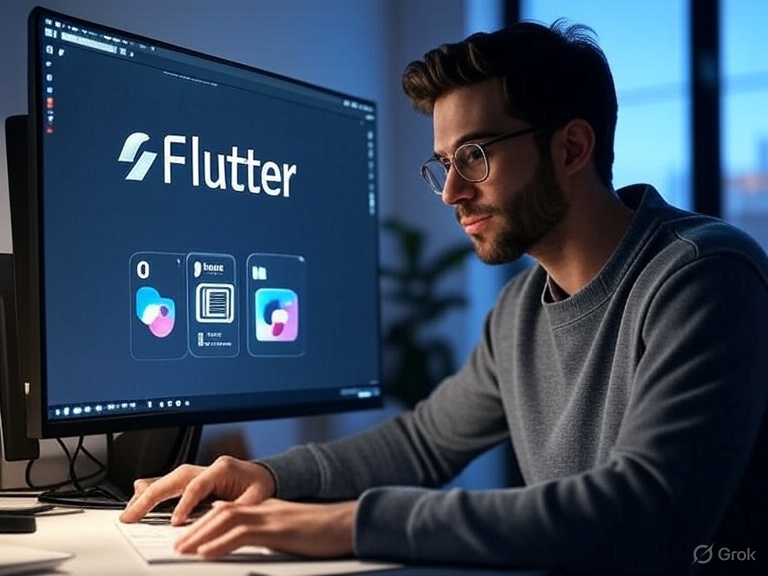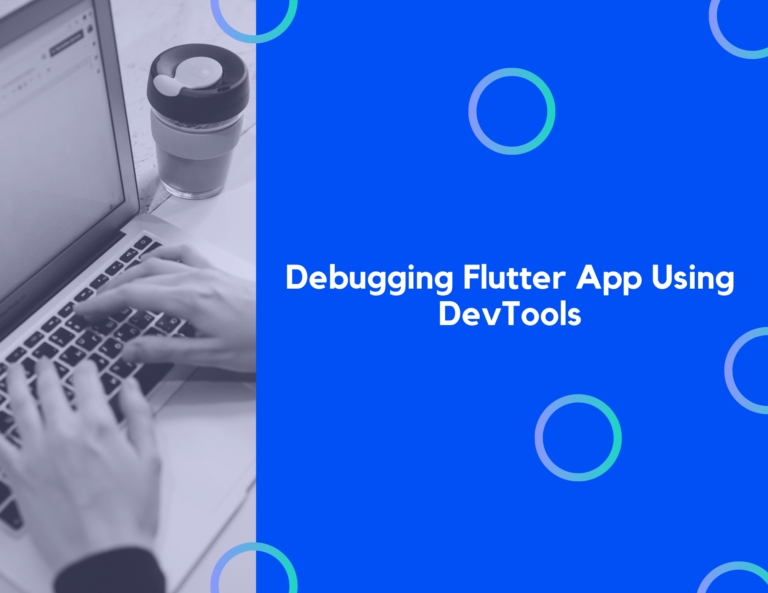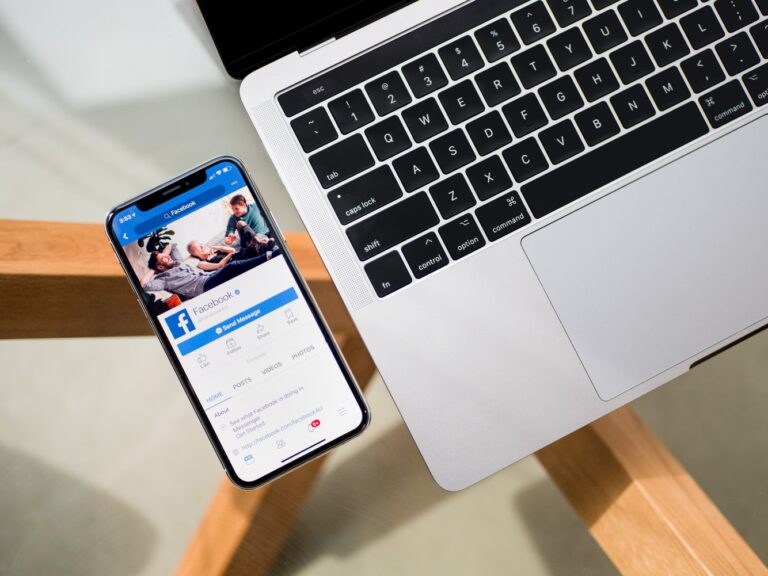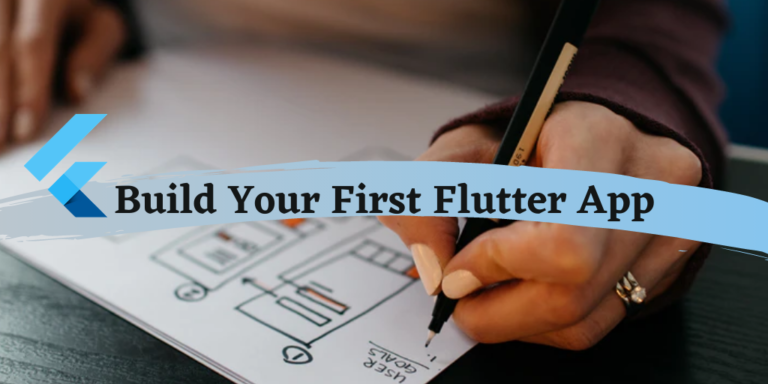Advanced MDC Techniques: Maximizing AI Productivity in Flutter Projects

Master the Art of AI Guidance with Sophisticated MDC Strategies
Step-by-step Flutter tutorials and guides for learning Flutter development.
View All Tags
Master the Art of AI Guidance with Sophisticated MDC Strategies

Master the Art of AI Guidance with Sophisticated MDC Strategies

Flutter is an open-source Software Development Kit (SDK) for creating user interfaces. Maintained by Google, Flutter continues to evolve and improve. Flutter is a top choice for cross-platform development. Large applications will almost certainly encounter difficulties or defects that need to be debugged while using Flutter as a development kit.

Providing your users with the option to login with Facebook is one of the best growth hacks ever. Making the sign up & login process as frictionless as possible, by using the Facebook Login button, will skyrocket your conversion on the onboarding screens. Let’s take a look and see how to integrate Facebook Login in Flutter.
Gradients are a great tool to enhance the UI of any mobile app. In this tutorial, we are going to learn how to create gradients in Flutter, step by step. You can also jump straight to the source code, since it’s pretty straightforward.
This article will explain how to upload media files such as images and videos into the S3 bucket on Amazon Web Services (AWS) in Flutter apps. This technique provides support for both the Flutter Web and Flutter Mobile platforms (Android and iOS, respectively).
In this tutorial, we are going to learn how to add the push notifications support to a Flutter app using Firebase Cloud Messaging. This tutorial will only deal with configurations in the Android platform.
Flutter is a cross-platform application development framework released in December 2018 by Google. Since then, its community has been growing rapidly, and the Flutter framework is being adopted by many top-level software development companies. Let’s take a look at how you can create your first Flutter app in no time.

Until recently, setting up app icons in Flutter app projects was a long and arduous process. Each respective Android and iOS version of a project required copying and replacing default icons in your res & assets folders. Fortunately, this has changed. With the release of Flutter Launcher Icons by the Flutter development team, app icon generation can be automated and executed instantly.
When it comes to signing a mobile app and building the release version of a mobile app, we need to dive into the whole process. Sometimes it seems that coding the application is much easier than releasing the app in the Google Play Store or App Store. Especially on Flutter. Generating the Flutter Release APK for Android might seem a little tedious at first, so we are covering the process step by step in this Flutter tutorial.